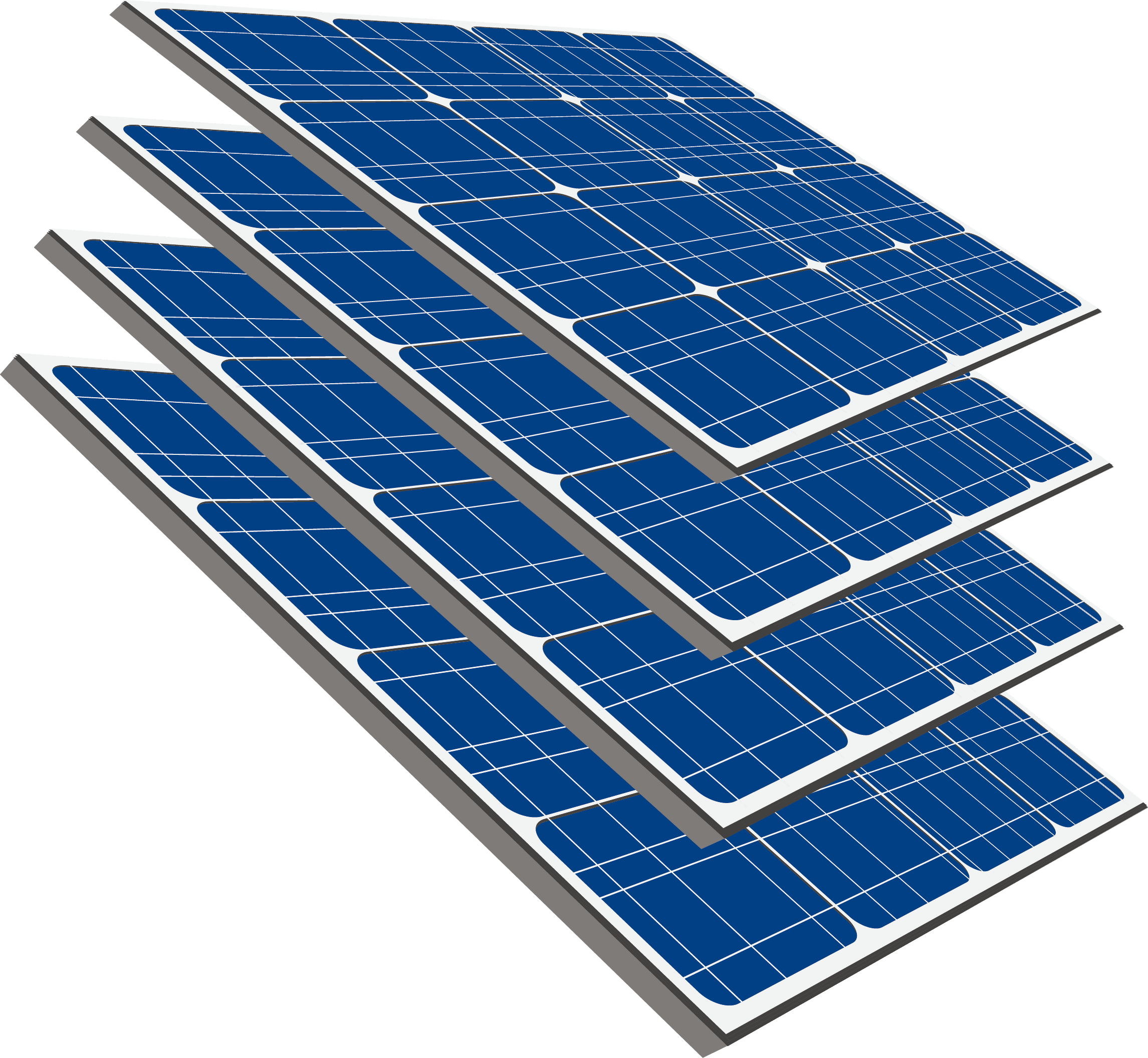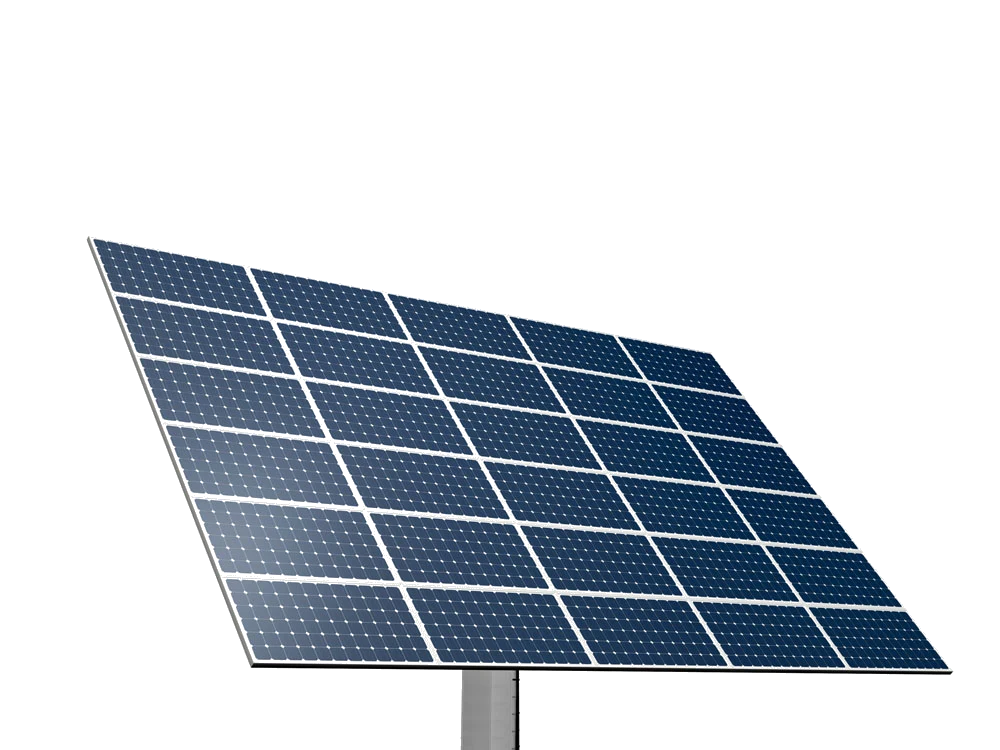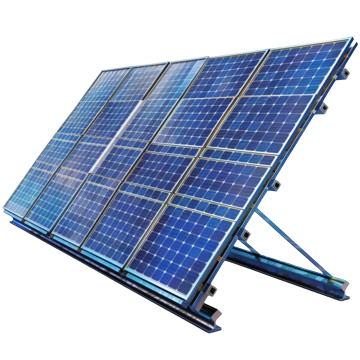Imagine windows that not only let sunlight in—but also convert it into electricity. Welcome to the world of transparent solar panels, a cutting-edge innovation that’s redefining how we think about energy and architecture. As India accelerates its solar adoption, these futuristic panels offer a sleek, space-saving solution for homes, offices, and smart buildings.
Introduction: A Clear Vision for Clean Energy Imagine windows that not only let sunlight in but also convert it into electricity. Welcome to the world of transparent solar panels, a cutting-edge innovation that’s redefining how we think about energy and architecture. As India accelerates its solar adoption, these futuristic panels offer a sleek, space-saving solution for homes, offices, and smart buildings.


Transparent solar panels—also called invisible solar panels or clear PV modules—are designed to generate electricity while allowing visible light to pass through. Unlike traditional panels that block sunlight, these absorb ultraviolet (UV) and infrared (IR) light, converting it into usable energy. They’re part of a growing trend called Building-Integrated Photovoltaics (BIPV), where solar tech is embedded directly into windows, skylights, and facades. Developed first in 2014 by researchers at Michigan State University, transparent solar panels are now being explored for commercial and residential use across the globe—including India
Transparent solar panels are ideal for:
In urban India, where rooftop space is limited, these panels offer a space-efficient alternative to traditional solar systems.
Transparent solar panels use organic photovoltaic (OPV) cells or quantum dot technology to absorb non-visible light. Here's how:
While still in early stages, transparent solar panels are becoming more affordable.
India’s solar industry is watching this tech closely. With smart city projects and green building certifications on the rise, transparent solar panels could soon be part of:
Manufacturers like Waaree, Adani Solar, and Vikram Solar are exploring advanced PV technologies, and startups may soon enter the transparent solar space.

Transparent solar panels are more than just tech—they’re a statement. They blend design, sustainability, and innovation, making them perfect for modern Indian homes that want to go green without compromising aesthetics.